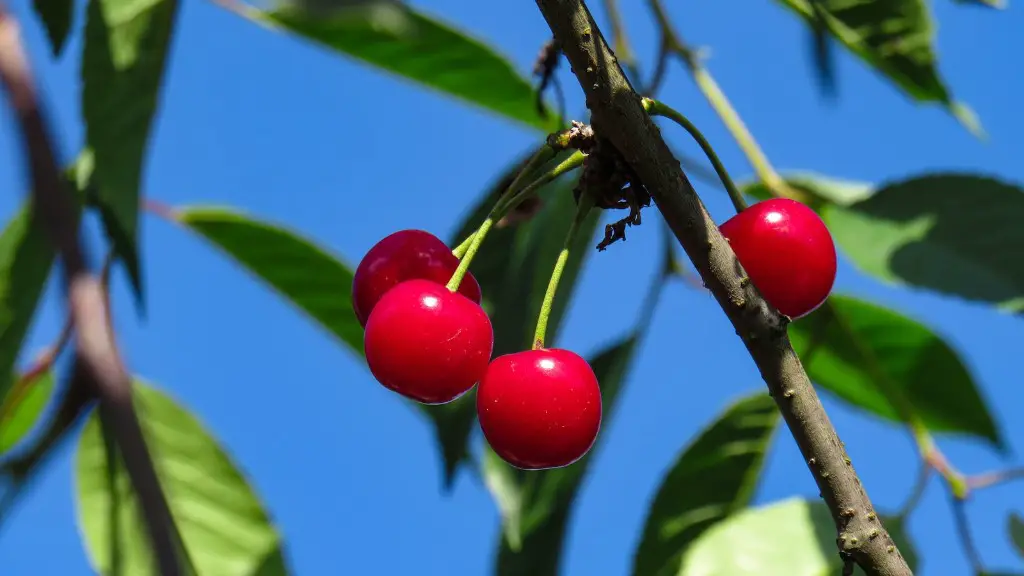What Are Cherry Pits?
Cherry pits are the almond-shaped stone fruits found in cherries. They are a hard, inedible protective shell that covers the seed inside. Although technically referred to as the ‘pit,’ it is in fact the seed that lies beneath the hard cherry pit shell.
Can Cherry Pits Grow Trees?
It is possible for cherry pits to grow trees, but it is not as easy as some people may think. The cherry tree needs a very specific environment in order to grow, and even then there is no guarantee it will sprout. There are two important factors to consider before attempting to sprout a cherry tree from a pit. The viability of the seed, and the environmental conditions must both be considered before planting.
First of all, the viability of the seed must be established before any attempt to plant it. Even if it was planted in the proper soil, a viable seed can still fail to sprout. To determine seed viability, the pit should be placed in a damp paper towel and put in a plastic bag. The bag should be sealed, and the seed left in a warm area for 3 to 7 days. If the seed shows any signs of sprouting, then the pit is viable and can be planted.
Next, the environmental conditions must be taken into account. Cherry pits need full sunlight in order to sprout and grow. The soil must be well-drained, and the temperature must stay between 65 to 75 degrees Fahrenheit for three weeks in order for the seed to germinate.
Planting Cherry Pits
Once it has been established that the seed is viable and the environmental conditions are suitable, the pit can now be planted. The best place to plant the cherry pit is in an outdoor garden with deep, loamy soil. After planting the pit should be covered with 1 to 2 inches of soil, and watered regularly to keep the soil moist.
Caring for the Tree
Once the pit has been planted, it will take patience and dedication to ensure the tree thrives. The tree should be fertilized each spring, pruned in the winter, and watered regularly. It may take 3 to 5 years for the tree to produce fruit, and providing it with the ideal environment at this stage is key to success.
Alternative Methods
If time, space, and resources are an issue, there are quicker and easier methods to growing cherry trees. Buying a grafted tree from a reputable nursery removes much of the guesswork and greatly increases the chances of the tree bearing fruit.
The Benefits of Growing Cherry Trees
Apart from the obvious enjoyment of eating juicy, sun-ripened cherries, there are many benefits to growing a cherry tree in your garden. Not only does it provide a healthy source of vitamins, minerals, and antioxidant-rich foods, but it also attracts birds, butterflies, and bees to the garden. Furthermore, it serves as an environmentally-friendly source of shade and wind-break for other plants in the garden.
Conclusion
Growing cherry trees from pits is a challenging endeavor, yet one that can be incredibly rewarding. Knowing the viability of the seed, providing the tree with the ideal environment, and taking proper care of it over the years are all essential to success. With the right care and commitment, it is possible to enjoy a harvest of delicious, homemade cherries.

